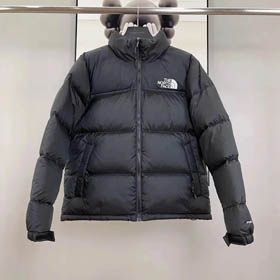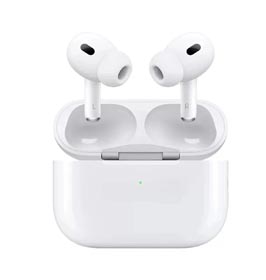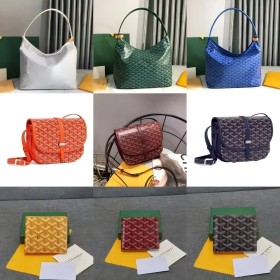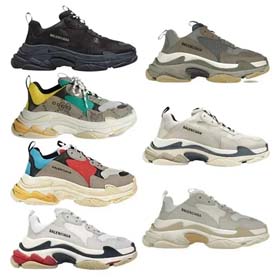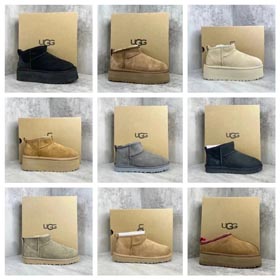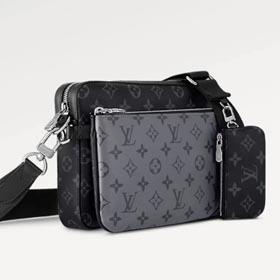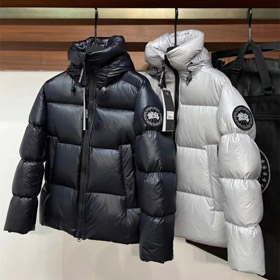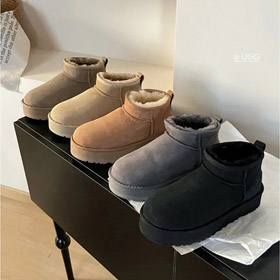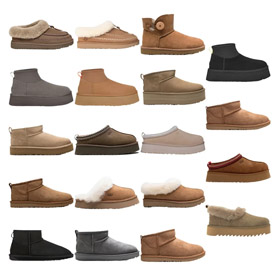Risk Control in Second-Hand Watch Purchasing: BBDBuy Spreadsheet's Movement Lifespan Prediction Model
The market for second-hand luxury watches has grown substantially, driven by affordability and investment potential. However, verifying the authenticity and longevity of used timepieces remains a challenge. In this article, we explore how BBDBuy's spreadsheet-based movement lifespan prediction model
Why Movement Lifespan Matters
Watch movements—the internal "engines" of timepieces—determine functionality and resale value. Common risks include:
- Aging lubricants causing friction
- Worn gears from prolonged use
- Water damage undermining precision
How the Model Works
BBDBuy's spreadsheet system calculates remaining lifespan using:
| Input Variable | Description |
|---|---|
| Manufacturer Specifications | Base lifespan from brand technical docs (e.g., Rolex 3135: ~25 years) |
| Service History | Adjusts for maintenance frequency (+15% lifespan if serviced every 5 years) |
| Environment Data | Humidity exposure reduces lifespan by up to 30% |
Implementation in Spreadsheets
=IF(Brand="Patek", 35, IF(Brand="Omega", 20))*
(1+Service_Adherence*0.1) -
(Moisture_Exposure*0.3)
The formula outputs a remaining lifespan score
A watch scoring below 20 triggers automatic vetting by BBDBuy's horologists. By quantifying mechanical wear digitally, agents reduce returns and build buyer trust. Future iterations may incorporate AI-powered movement scans.Case Study: Rolex Submariner

